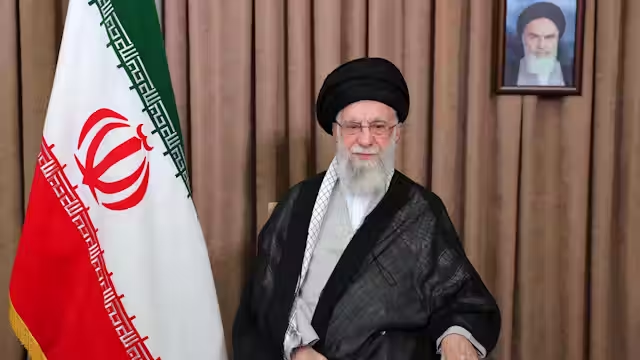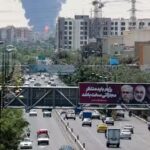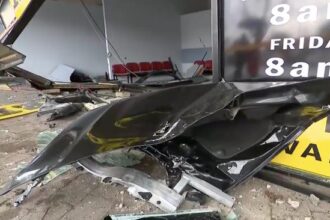Iran’s Nuclear Program: Shrouded in Secrecy and Suspicion
Tehran’s nuclear program remains shrouded in mystery and contention. With recent airstrikes by Israel targeting Iran’s Natanz facility, tensions have escalated dramatically. Despite repeated claims that Iran seeks civilian nuclear power, many world leaders warn of a looming nuclear weapons capability.
Israel’s Justification and Iran’s Religious Edict
Israel justifies its operation on 13 June as an attempt to destroy Iran’s nuclear program, citing credible intelligence suggesting Tehran is moving closer to weaponisation. Prime Minister Netanyahu described Iran’s nuclear aspiration as an “existential threat to Israel.” Yet Iran maintains its 2003 fatwa, issued by Supreme Leader Ayatollah Khamenei, forbidding nuclear weapons development—even as the world remains skeptical.
Conflicting Intelligence Assessments
Credible voices like Melbourne University’s Dara Conduit highlight the uncertainty: US intelligence in March found no proof that Iran was actively building a weapon. However, Congressional testimony from Tulsi Gabbard stated the opposite—that Iran could assemble a nuclear device “within weeks to months.” These conflicting narratives reflect the opacity surrounding Iran’s true intentions.
Estimations and Enrichment Levels Raise Concerns
Insider briefings to Reuters suggest the US intelligence community continues to estimate three years before Iran could develop a functional weapon-grade warhead. The gap between 60% enriched uranium and the nearly 90% required for a bomb remains significant, yet the speed of accumulation is cause for alarm.
From Civilian Power to Military Capability?
Iran’s civilian nuclear efforts date back to the 1950s under the Atoms for Peace initiative, only to escalate covert enrichment after 1979. By 2006, under President Ahmadinejad, Iran admitted reaching 3.5% enrichment, regulatory for energy use. But recent signals show Iran producing 34 kilograms per month at 60% enrichment, prompting major concerns that Tehran is crossing from civilian use into military capability.
IAEA Confirms Dangerous Stockpile Growth
By June, the International Atomic Energy Agency confirmed that Iran is amassing near-weapons-grade uranium—enough for nine bombs if further processed. Yet concrete intentions remain speculative. Analysts suggest Iran may be deliberately strengthening its negotiation position, rather than building a bomb outright.
Collapse of Diplomacy Post-2018
The deterioration began in 2018, when President Trump withdrew from the 2015 nuclear deal, citing its inefficacy in halting Iran’s nuclear rise. That move fractured diplomatic progress and froze further negotiations. Israel’s recent strikes have now paused ongoing talks aimed at limiting Tehran’s enrichment capacity.
Impact of Israeli Strikes on Negotiations
Ongoing discussions focused on reducing enrichment when Israel’s intervention halted them. Israeli Foreign Minister Gideon Sa’ar claimed the strikes “delayed Iran” from gaining nuclear capability by at least two to three years. The IAEA noted some damage but did not clarify the full impact on Iran’s nuclear machinery.
Unclear Endgame: Weapons or Leverage?
This web of secret intelligence, international power plays, and Tehran’s own opaque motives makes Iran’s nuclear endgame unclear. Whether Iran seeks weapons or political leverage, the world’s vigilance will determine whether the crisis escalates—or deescalates.






